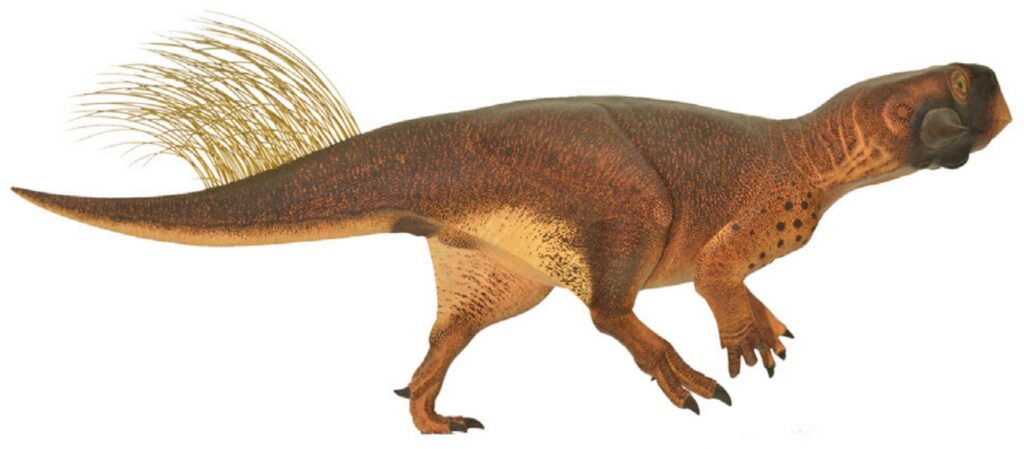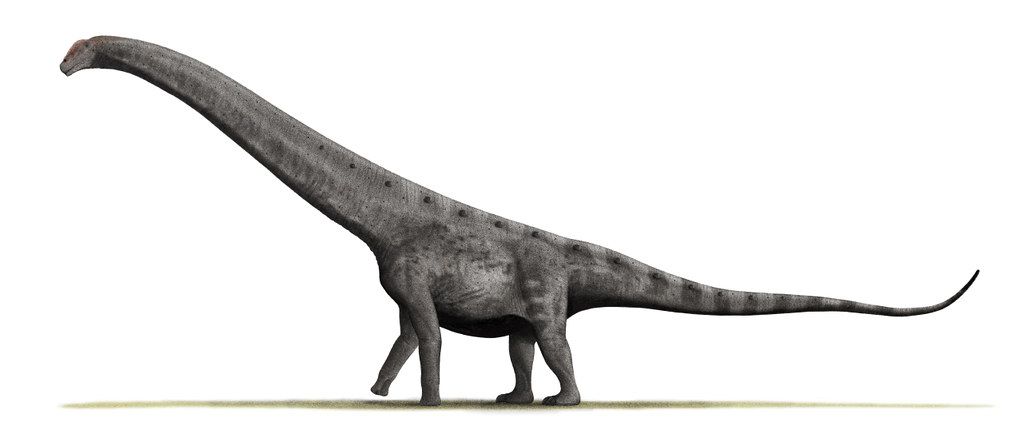The world of prehistoric giants is filled with extraordinary creatures that showcase nature’s most creative designs. Among these ancient marvels, few features capture our imagination quite like the ornate that adorned the skulls of various dinosaur species. From towering tubes to delicate ridges, these bony structures served purposes we’re only beginning to understand.
These magnificent head ornaments weren’t just decorative flourishes. Scientists believe they functioned as communication devices, mating displays, and species identification systems. So let’s dive in and explore six fascinating dinosaurs whose distinctive made them stand out in their prehistoric neighborhoods.
Parasaurolophus: The Trumpet of the Ancient World
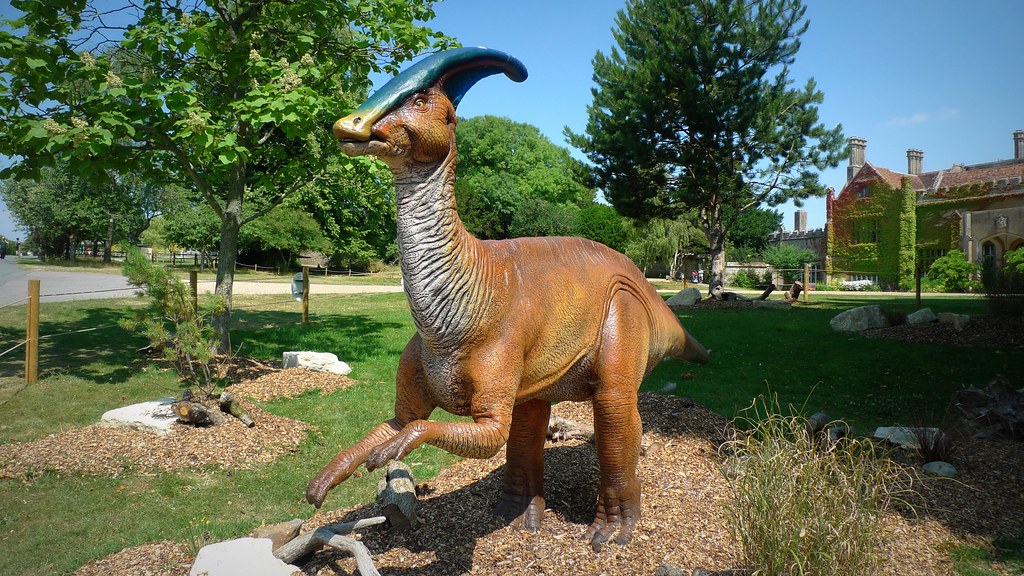
Parasaurolophus, meaning “beside crested lizard,” lived in western North America during the Late Cretaceous period, about 76.5 to 73 million years ago. This large herbivore could reach over 9 metres long and weigh over 2.5 metric tons, walking both as a biped and a quadruped. The genus is known for its large, elaborate cranial crest, which at its largest forms a long curved tube projecting upwards and back from the skull.
Currently, Parasaurolophus has the largest crest of any discovered dinosaur. Scientists hypothesize that it used its crest as a resonating chamber to produce low frequency sounds to alert other members of a group or its species. The most widely accepted theory suggests that Parasaurolophus used its crest as a resonating chamber to produce distinctive sounds, allowing it to communicate with other members of its species over long distances.
Lambeosaurus: The Hatchet-Headed Giant
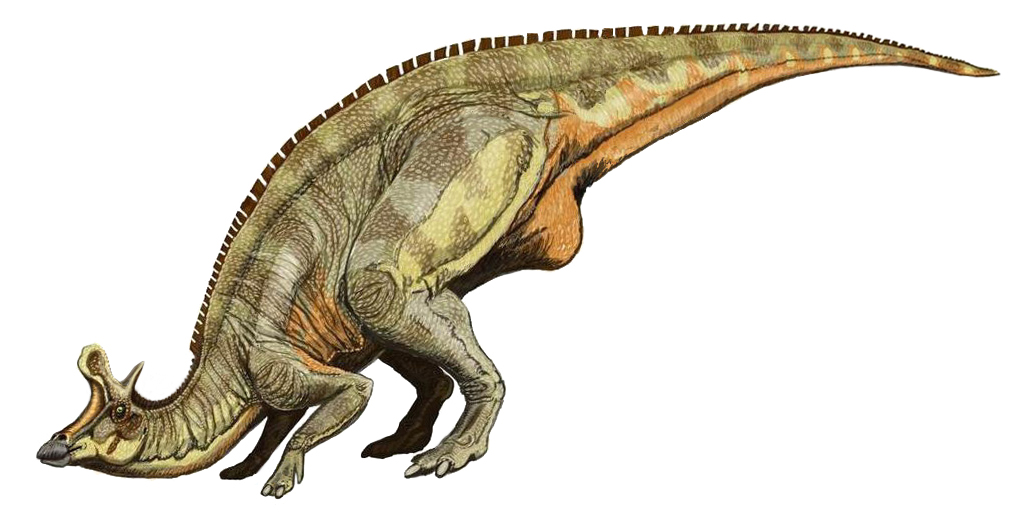
Lambeosaurus was a duck-billed dinosaur (hadrosaur) notable for the hatchet-shaped hollow bony crest on top of its skull. These specimens measured about 9 metres (30 feet) long, with most specimens measuring around 9-15 metres in length. The most distinctive feature of Lambeosaurus is the crest which is often described as being either hatchet or axe shaped, the broader forward portion being the blade while the thin rearward projection is the handle.
The hollow bony crest may have been used as part of a courtship display or to recognize their own species, to make a resonating chamber for deep sounds used to communicate to other animals, or possibly to enhance the sense of smell. One of the most striking features of Lambeosaurus is its unique crest, differing significantly between the two well-known species, L. lambei and L. magnicristatus. In L. lambei, the crest resembled a hatchet with a forward-projecting “blade” and a solid bony “handle” extending over the skull’s back.
Corythosaurus: The Helmet Lizard
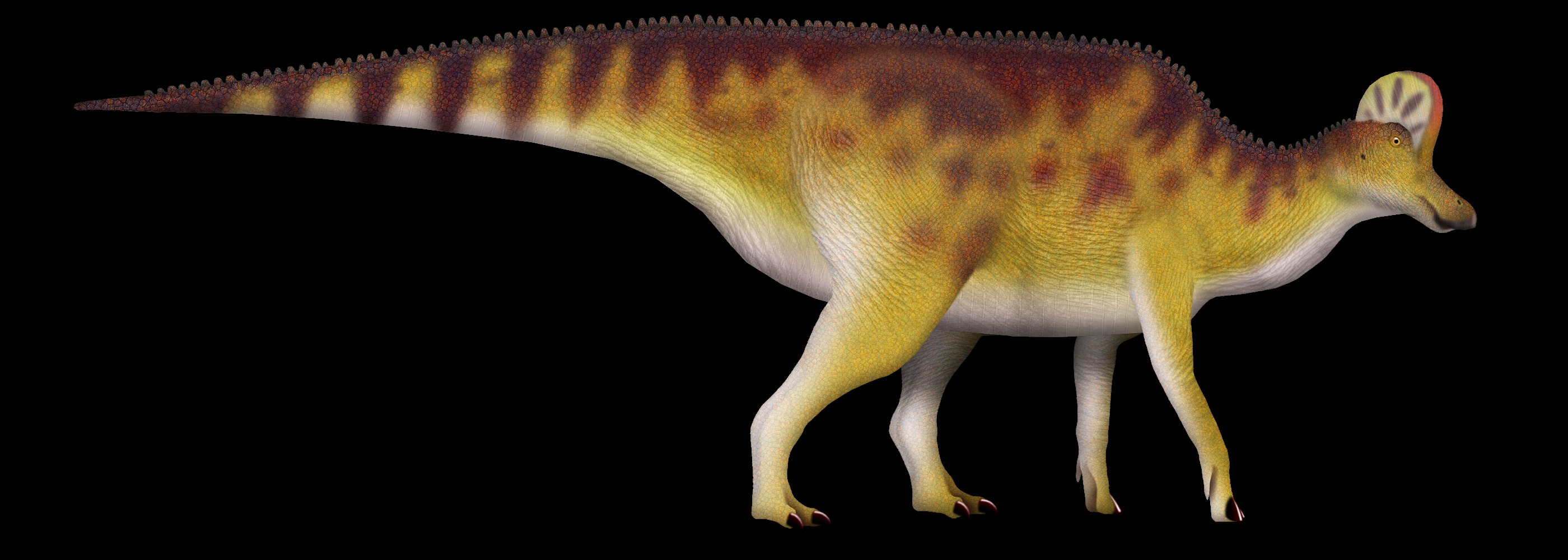
The name of the Corythosaurus is in reference to the crest on its head, which is said to have similarities to an ancient Greek helmet. The Corythosaurus is a genus of Hadrosaur that lived during the Cretaceous period. With a length of around 30 feet (9.1 meters), this giant weighed between 6,800 to 11,000 lbs and is estimated to run up to 30 mph. The crest of these dinosaurs is around 27 inches tall, and they used it to communicate with other dinosaurs, and could possibly use their crest like a horn.
Corythosaurus the dinosaur with pointy head has a crest on its head similar to the cassowary, a bird native to Australia and New Guinea. It also brings to mind a Corinthian soldier’s helmet that had an egg-like shape on the part that covered the hair. It’s a unique look that gave this Cretaceous dinosaur its name which means “helmet lizard”.
Dilophosaurus: The Double-Crested Predator

Dilophosaurus was a quick group of dinosaurs and one of few carnivores with a crest on the head. The name of this genus means “two crested lizard”. Dilophosaurus is a genus of Theropod dinosaurs that lived during the early Jurassic period. When alive, the Dilophosaurus was a large predator and one of the largest land animals in North America. Dilophosaurs stood around 6 feet tall (1.8 meters), and were around 23 feet long (7 meters). At their heaviest, they weighed around 880 lbs, and were able to move at a fast speed of 20 mph.
Unlike other dinosaurs that tend to have a single crest, Dilophosaurus had two! In fact, the prominent crest on this dinosaur’s head is the inspiration behind its name. Dilophosaurus translates as “double-crested lizard,” referencing the dinosaur’s unique headgear. This Early Jurassic carnivorous dinosaur had two thin, bony that extended from behind its eye socket to its snout. The were likely covered in keratin and brightly colored to impress mates.
Cryolophosaurus: The Elvis of Antarctica

Cryolophosaurus is also commonly referred to as Elvisaurus. This nickname is due to its unique cranial crest characterized by a “pompadour” appearance similar to the hairstyle of famous musician Elvis Presley. It was the first carnivorous dinosaur to be discovered in Antarctica, and the first non-avian dinosaur from the continent to be officially named. The sediments in which its fossils were found have been dated to about 196 to 188 million years ago, representing the Early Jurassic Period.
The holotype specimen is estimated to have reached 6–7 m long and weighed 350–465 kg. In 2016 Molina-Pérez and Larramendi gave a larger estimation of 7.7 meters and 780 kg. Based on evidence from related species and studies of bone texture, it is thought that this bizarre crest was used for intra-species recognition. Unlike other dinosaurs whose tend to grow longitudinally on their snout, the nasal crest of the Cryolophosaurus runs across its face, running perpendicular to the skull. The crest is thin and furrowed.
Olorotitan: The Giant Swan of Russia
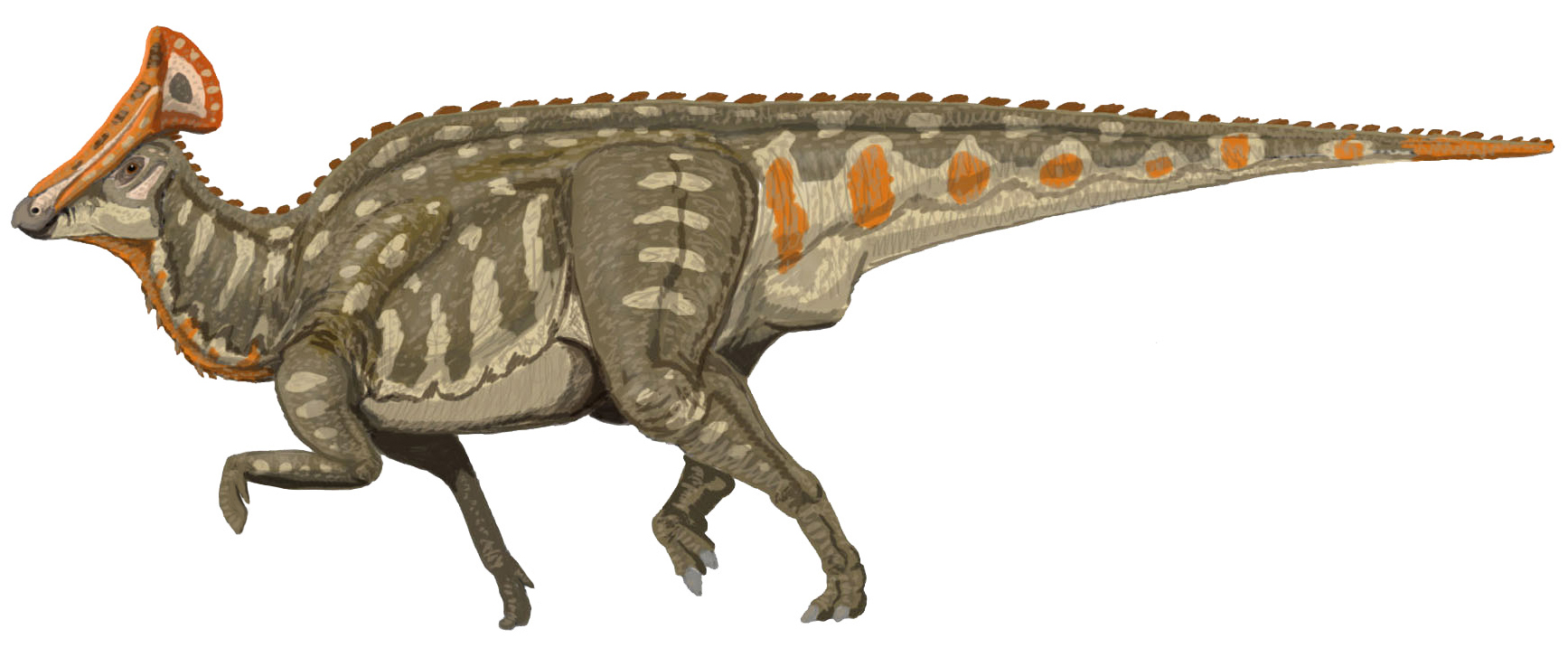
Olorotitan had a distinctive head crest that rose up from the top and back of the skull and pointed backwards in what has been called a hatchet shape. With eighteen vertebrae Olorotitan is also remarkable for having a very long neck for a hadrosaurid, and it was this neck length that was the inspiration for its name which means ‘giant swan’. Up to 12 meters long. Olorotitan became widespread through palaeontology circles as the most complete lambeosaurine hadrosaurid outside of North America.
The on lambeosaurine hadrosaurids are thought to have served a similar purpose as the horns and frills of ceratopsian dinosaurs in that they would allow an individual to recognize others of its own species from similar dinosaurs as well as being colored to reveal the vitality of the individual. However it is also possible that the hollow structure of the crest may have acted as a resonating chamber to affect the sound of its calls. The fact that Olorotitan exists in Asia at a time when other lambeosaurine hadrosaurids seem to have disappeared from North America suggests that the two continents were climatically different to one another, with Asia having a more suitable habitat for lambeosaurines.
These remarkable crested dinosaurs demonstrate nature’s incredible ability to evolve diverse solutions for communication, recognition, and display. Each species developed its own unique approach to using head ornamentation, from the musical tubes of Parasaurolophus to the distinctive pompadour of Cryolophosaurus. Their fossils continue to teach us about prehistoric life and the complex social behaviors of these ancient giants.
What do you think about these fascinating crested creatures? Tell us in the comments which one surprised you the most.


